Candy Apple
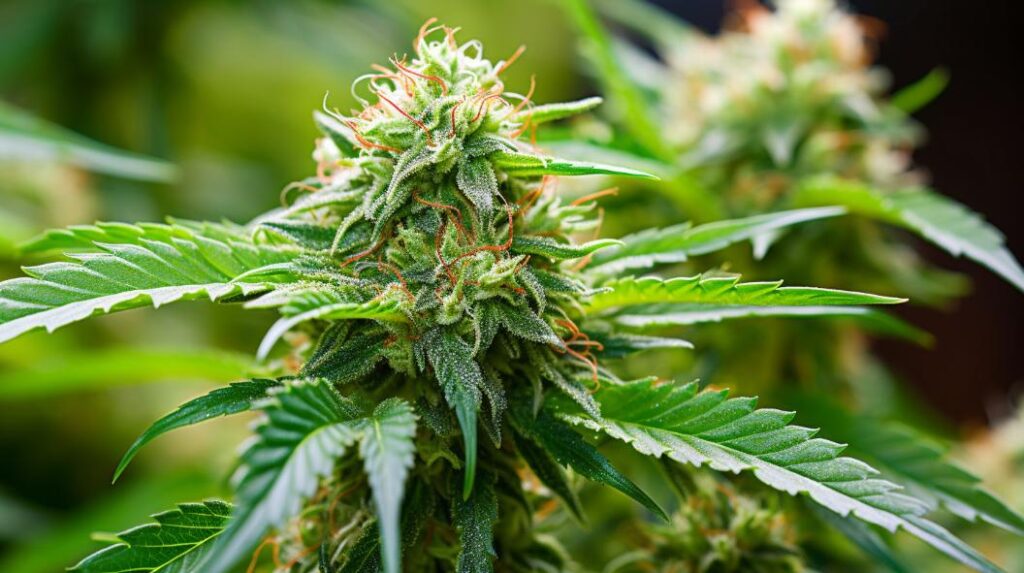
The Candy Apple Strain, a sativa-dominant hybrid known for its unique blend of flavors and uplifting effects, presents an intriguing case study in the world of cannabis genetics. With its lineage tracing back to Blueberry, Afghan, and Pineapple strains, it boasts a complex profile that combines a sweet vanilla cream flavor with hints of sour apple.
Users report enhanced focus, creativity, and energy, making it a preferred choice for engaging in outdoor activities or tasks requiring heightened concentration. As we examine its THC content, terpene profile, and potential medical applications, one can’t help but wonder about the broader implications of such strains on the evolving landscape of cannabis use and research.
Genetic Lineage
The Candy Apple strain, a sativa-dominant hybrid, emerges from a complex genetic lineage that ingeniously combines the unique attributes of Blueberry, Afghan, and Pineapple strains, contributing greatly to its distinctive flavor profile and effects. This intricate genetic composition not only endows Candy Apple with a delicious flavor reminiscent of vanilla cream and sour apple but also shapes its spade-shaped buds and green nubs, characteristic of its heritage. The blending of these specific strains has been meticulously engineered to harness the energizing effects of sativa with the relaxing undertones provided by its indica components, offering an experience that is both invigorating and soothing.
Analyzing the genetic lineage of Candy Apple reveals a sophisticated interplay of genetics that imbues it with a THC level ranging from 15% to 18%, positioning it as a versatile choice for consumers seeking balance between potency and functionality. This THC concentration is instrumental in delivering the strain’s energizing effects, making it an ideal companion for outdoor activities or creative endeavors. Understanding the genetic backdrop of Candy Apple is essential for users aiming to anticipate its impact on mood, focus, and overall experience, ensuring a tailored cannabis experience that leverages its unique genetic heritage for enhanced enjoyment and efficacy.
THC/CBD Content
Delving into the THC and CBD content of the Candy Apple strain reveals a significant variation in potency, marking it as a standout choice for both novice and experienced cannabis consumers. The THC levels of this Sativa-leaning hybrid fluctuate, reflecting its complex genetic makeup and the cultivation expertise of growers like High Caliber Organics.
The THC and CBD contents are pivotal in categorizing the Candy Apple strain’s potency and therapeutic potential, with notable points being:
-
THC Content Range: Between 15% and 22%, the Candy Apple strain offers a moderately high THC level, with an exceptional peak at 35% as reported by Wikileaf. This range places it above the average for Sativa strains, which typically hover around 13% THC.
-
Average THC Percentage: Averaging around 19%, the strain promises a robust experience, complemented by its rich, fruity flavors, appealing to those seeking a potent yet enjoyable session.
-
CBD Content: While specific CBD percentages are not provided, the emphasis on THC suggests that the Candy Apple strain leans towards delivering psychoactive effects rather than focusing on CBD-related therapeutic benefits.
This analysis underscores the Candy Apple strain’s capability to cater to a broad spectrum of preferences, with its THC-centric profile promising both recreational delight and potential medicinal advantages.
Terpene Profile
Exploring the terpene profile of the Candy Apple strain reveals a compelling combination of myrcene, pinene, and caryophyllene, each contributing distinct aromatic and therapeutic dimensions to this Sativa-leaning hybrid. Myrcene, known for its sedative qualities, lays the foundation for the strain’s relaxing effects, complementing the energetic characteristics typical of Sativa strains. This terpene imbues Candy Apple with a subtle earthiness, enhancing its appeal to users seeking tranquility without heavy sedation.
Invigorating, as the name suggests, infuses the strain with a revitalizing pine aroma, adding complexity to its scent profile. Beyond its aromatic contributions, invigorating is celebrated for its potential to aid in respiratory health, serving as a bronchodilator that may benefit users requiring relief from certain respiratory conditions. This terpene’s presence underscores the multifaceted nature of Candy Apple’s appeal, blending therapeutic utility with sensory pleasure.
Caryophyllene introduces a spicy, peppery note to the bouquet, while its potential anti-inflammatory and pain-relieving properties augment the strain’s therapeutic repertoire. The synergistic effects of these terpenes with the cannabinoids in Candy Apple strain not only amplify its overall effects and flavors but also underscore the importance of understanding terpene profiles to predict potential benefits and effects, offering a holistic perspective on consumption.
Effects
Candy Apple strain exhibits a dynamic range of effects, primarily inducing feelings of energy, focus, and creativity as reported by several users. This sativa-dominant hybrid, with its THC content ranging between 15% to 18%, offers a nuanced psychoactive experience that enhances cognitive functions. The strain’s unique terpene profile, characterized by flavors of apple, pineapple, and vanilla, complements its stimulating effects, making it a popular choice among those seeking a cerebral boost.
Users have highlighted three key benefits from the Candy Apple strain:
- Energy: Many report a surge of vitality, making it suitable for daytime use.
- Focus: Enhanced concentration allows for more productive sessions, whether for work or creative endeavors.
- Creativity: An increase in creative thought processes, enabling innovative ideas and artistic expression.
However, it’s important to note the potential for negative effects, such as dizziness, anxiety, and dry mouth, which have been reported by a minority of users. These adverse reactions underscore the importance of moderation and understanding one’s tolerance levels. Overall, Candy Apple’s effects underscore its appeal to those seeking a balance of mental stimulation and sensory pleasure.
Medical Uses
Building on its psychoactive properties, the Candy Apple strain also holds significant potential in therapeutic contexts, particularly for managing depression, stress, and anxiety. With 34% of users reporting alleviation in symptoms of depression, this strain emerges as a remarkable option in the medical cannabis community. The blend of energizing, focused, and creative effects attributed to the Candy Apple strain not only enhances mood but also promotes a sense of motivation and pain relief, making it a multifaceted tool for health professionals advising on alternative treatments.
Approximately 19% of people have indicated that the Candy Apple strain aids in reducing stress and anxiety, suggesting its utility in a broad spectrum of psychological conditions. The reported feelings of happiness and motivation further underscore the strain’s potential in medical applications, offering real people real benefits beyond traditional pharmaceutical approaches.
Given the complexity of mental health issues, the Candy Apple strain’s ability to provide relief to some individuals highlights the importance of personalized medical advice in the context of cannabis use. Its therapeutic promise, grounded in user experiences, suggests a need for further research to fully understand and harness its benefits within professional health practices.
Flavor and Aroma
Delving into the sensory experience of the Candy Apple strain, its flavor profile is characterized by a harmonious blend of sweet vanilla creaminess complemented by tart apple undertones. This unique combination provides a proof of its carefully selected genetics. The Candy Apple strain stands out for its distinctive taste, which is a fascinating to its carefully selected genetics.
When exploring the flavor and aroma of the Candy Apple strain, several key aspects stand out:
-
Sweet Vanilla Creamy Base: The foundational flavor of Candy Apple is a rich, sweet vanilla creaminess that envelops the palate, setting the stage for the more nuanced notes to shine through.
-
Sour Apple Hints: Adding complexity to the sweet base are the sour apple hints, reminiscent of biting into a crisp, tart apple. This balance between sweet and sour creates an intriguing taste experience.
-
Tropical Fruits and Apricot Aroma: The aroma of Candy Apple is evocative of a tropical fruit basket, with apricot notes leading the way. This bouquet enhances the overall sensory experience, making each inhalation a journey through a lush, flavorful landscape.
The blend of flavors in the Candy Apple strain, from the sweet vanilla creamy base to the sour apple hints and the tropical fruits and apricot aroma, contributes notably to its appeal among users seeking a delightful and memorable consumption experience.
Appearance
The visual allure of the Candy Apple strain is immediately noticeable, featuring spade-shaped buds adorned with vibrant green nubs. These characteristic buds are a direct reflection of the strain’s genetic heritage, which combines the robust genetic profiles of Blueberry, Afghan, and Pineapple strains. This combination results in a visually striking plant that captures the essence of its lineage through its unique appearance.
A deeper analysis of the Candy Apple strain’s appearance reveals a complex interplay between its genetic composition and its visual characteristics. The spade shape of the buds, coupled with the vibrant green hue, is indicative of the strain’s sativa dominance, which accounts for 75% of its genetic makeup. This sativa influence is further exemplified by the THC level that ranges from 15% to 18%, positioning the Candy Apple strain as a moderately potent option for consumers seeking a balance between visual appeal and psychoactive effects.
The appearance of the Candy Apple strain is not just a matter of aesthetics; it also provides insights into the strain’s potential effects and appeal to consumers. The combination of its distinctive spade-shaped buds, green nubs, and the THC level offers a visual cue to its potency and the quality of the experience it may provide.
Grow Information
Cultivating the Candy Apple strain requires a nuanced understanding of its sativa-dominant genetic structure, which influences its growth patterns and care requirements. This particular strain, with its genetic makeup consisting of 75% sativa and 25% indica, demands attention to detail and an environment that can support its unique needs. Derived from a complex crossbreeding of Blueberry, Afghan, and Pineapple strains, Candy Apple boasts a distinct flavor profile alongside its attractive appearance and THC content ranging from 15% to 18%.
To successfully grow the Candy Apple strain, consider the following key aspects:
-
Lighting Conditions: Given its sativa dominance, Candy Apple thrives in environments with abundant light. This characteristic underpins its need for longer daylight exposure to support vigorous growth and ideal THC production.
-
Nutritional Needs: This strain benefits from a balanced feeding regime that accommodates its hybrid nature. A mix of nutrients geared towards both sativa and indica varieties can support its development, enhancing the energizing effects and the quality of the buds.
-
Climatic Requirements: Candy Apple’s resilience is notable, yet it prefers a controlled climate that mimics its natural sativa-leaning tendencies. Moderate temperatures and low humidity levels are ideal to prevent mold and support healthy growth.
Understanding these cultivation nuances ensures that growers can maximize the potential of the Candy Apple strain, capitalizing on its energizing effects and moderate THC content for a satisfying harvest.
Adverse Effects
While focusing on the growth and cultivation of the Candy Apple strain provides insight into its ideal production, it is equally important to address the potential adverse effects that consumers may encounter. The consumption of the Candy Apple strain, while beneficial for some, may lead to certain undesirable reactions such as dizziness, anxiety, and dry mouth. These adverse effects are not uncommon in the context of cannabis consumption; however, their occurrence is important in the context of the Candy Apple strain.
Dizziness, a notable adverse effect, can impair a user’s sense of balance and spatial orientation. This symptom poses a risk, especially in environments where maintaining physical stability is important. Anxiety, another reported side effect, can manifest as increased nervousness, unease, or panic, detracting from the strain’s potential therapeutic benefits. Dry mouth, also known as ‘cottonmouth,’ is a common complaint among cannabis users, including those who consume the Candy Apple strain. This condition can lead to discomfort and an increased need for hydration.
Understanding these potential adverse effects—dizziness, anxiety, and dry mouth—is critical for consumers considering the Candy Apple strain. It allows for a more informed decision-making process, weighing the benefits against possible negative experiences.
Comparisons with Similar Strains
Exploring the Candy Apple strain in comparison to its counterparts reveals its unique sativa-dominant characteristics and a distinct flavor profile derived from its Blueberry, Afghan, and Pineapple lineage. This analysis highlights several aspects that set Candy Apple apart from other strains:
-
THC Content and Effects: With a THC range of 15% to 18%, the Candy Apple strain offers a balance of uplifting and relaxing effects. Unlike strains with higher THC levels that might lead to more intense psychoactive experiences, smoking Candy Apple provides a manageable and enjoyable experience, making it suitable for a wide range of users.
-
Flavor Profile: The combination of Blueberry, Afghan, and Pineapple genetics results in a unique and enticing flavor that stands out among other strains. This makes using Candy Apple a particularly enjoyable experience for those who appreciate the sensory aspects of cannabis consumption.
-
Usage Scenarios: Due to its energizing effects, the Candy Apple strain is perfect for outdoor activities or any situation requiring focus and vigor. Strains with similar effects often lack the long-lasting experience Candy Apple provides, making it a preferred choice for users looking for both enjoyment and functionality throughout the day.
Research and Studies
Understanding the unique characteristics of the Candy Apple strain necessitates a closer examination of research and studies focused on its effects, genetic makeup, and therapeutic potential.
This cannabis strain, developed by TreeHawk Farms, manifests as a Sativa dominant hybrid, distinguished by its THC content, which ranges from 15% to an elevated 22%. As a result of its intricate crossbreeding between Blueberry, Afghan, and Pineapple strains, Candy Apple boasts a distinctive flavor profile that appeals to a broad spectrum of users.
Research into its effects has highlighted the strain’s capacity to induce uplifting sensations coupled with a mild relaxation, rendering it versatile for diverse user preferences. Studies underscore its efficacy in engendering focus, euphoria, and happiness, aspects integral to its appeal.
The elevated THC content, peaking at 22%, positions Candy Apple as a preferable option for individuals seeking to manage symptoms associated with depression, pain, and anxiety. These findings contribute to a growing body of evidence that underscores the therapeutic potential of the Candy Apple strain, reinforcing its stature within the domain of cannabis research and its utility in addressing specific health concerns.
History and Origin
The genesis of the Candy Apple strain is rooted in a meticulous crossbreeding process involving Blueberry, Afghan, and Pineapple strains, leading to its unique genetic composition and flavor profile. This cannabis variety has been engineered to deliver a distinct experience, characterized by its high THC level and dominantly sativa composition. The creation of Candy Apple is a proof of the innovative breeding techniques that have become a hallmark of modern cannabis cultivation.
-
Genetic Makeup: The strain boasts a 75% sativa and 25% indica ratio, offering a lively and uplifting experience. Its genetic lineage is carefully selected from Blueberry, Afghan, and Pineapple strains, each contributing to the Candy Apple’s exceptional traits.
-
THC Content: With a THC level ranging from 15% to 18%, the Candy Apple strain offers a balanced potency that caters to both novice and experienced users, providing a moderate yet profound psychoactive effect.
-
Aesthetic and Flavor: The Candy Apple buds are easily recognizable by their spade shape and vibrant green nubs. The flavor profile is especially exquisite, reminiscent of vanilla cream and sour apple, making each consumption a delightful sensory experience.
This carefully engineered strain underscores the advanced knowledge and skills of cannabis breeders in producing varieties with specific characteristics, including THC level and flavor profile, to meet diverse consumer preferences.
Frequently Asked Questions
Is Candy Apple Indica or Sativa?
The exploration of Apple genetics, particularly in hybrid strains, reveals nuances in their terpene profiles and cultivation challenges. Analyzing consumer preference trends indicates a lean towards Sativa dominance, as evidenced in the Candy Apple strain.
Is Apple a Sativa or Indica?
The Apple strain’s lineage history reflects a complex hybrid strain, blending sativa and indica qualities. Cultivation challenges are notable, with its flavor profile exploration and terpene content analysis revealing a nuanced, multifaceted cannabis experience.
Is Candy an Indica or Sativa?
Candy, in the context of cannabis genetics, refers to strains with sweet flavor profiles and varying THC content. It encompasses diverse cultivation tips and consumption methods, tailored to either indica or sativa dominant varieties.
What Are the Effects of Apple Candie Strain?
The Apple Candie strain, with its apple flavor profile, is notable for its THC content range of 15%-18%. Its growing difficulty is moderate, making it suitable for both medical applications and recreational use.

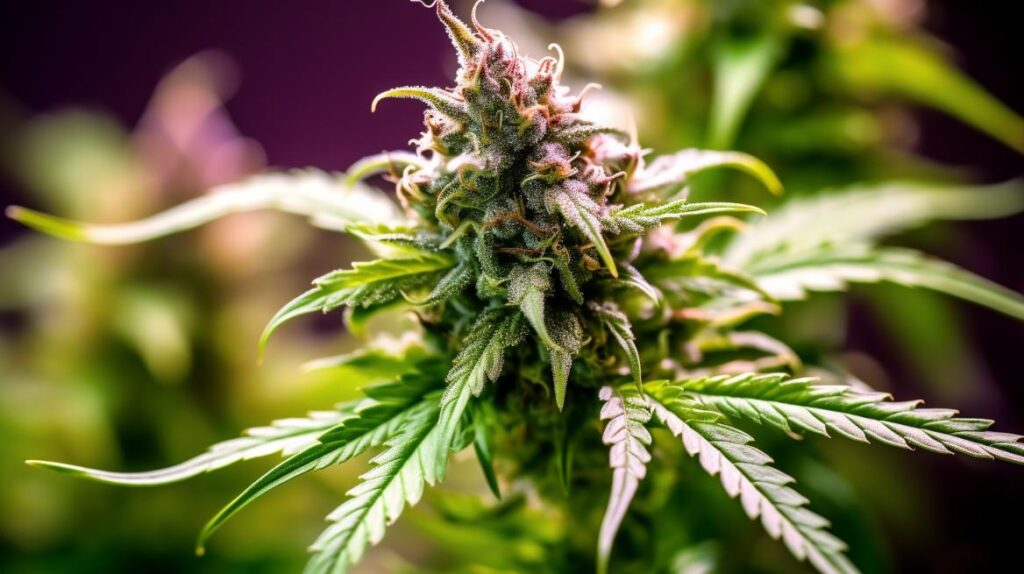
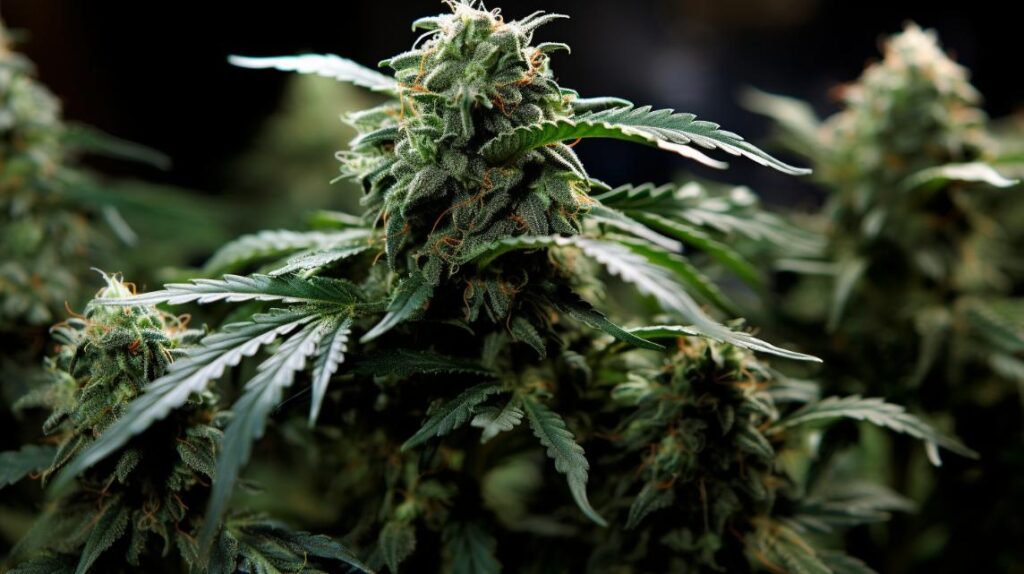
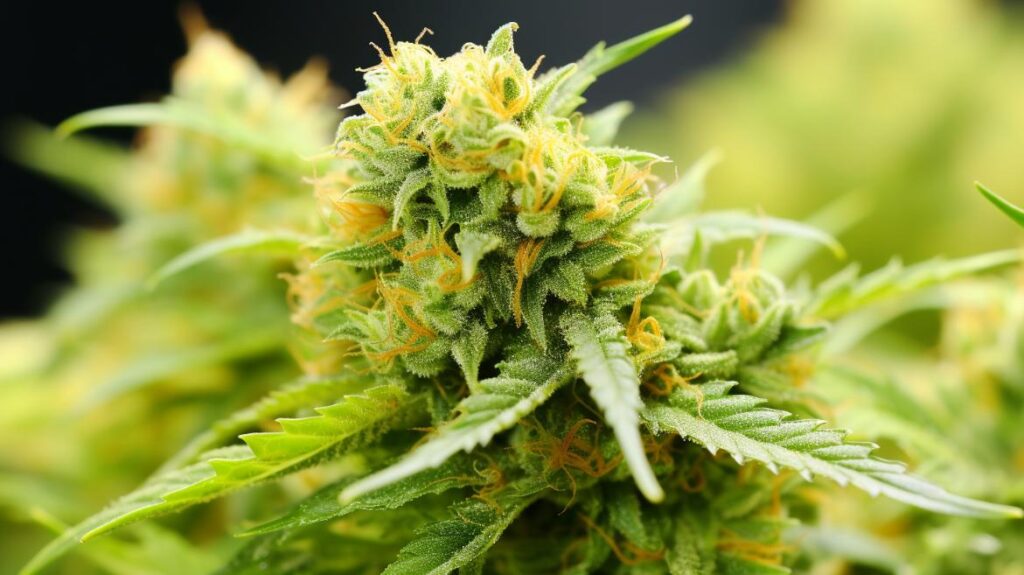
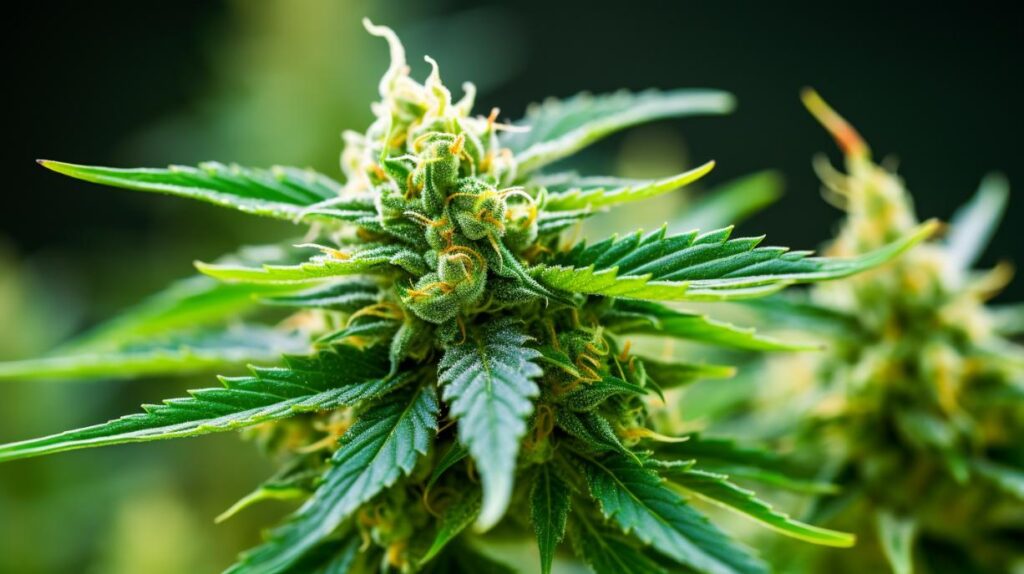
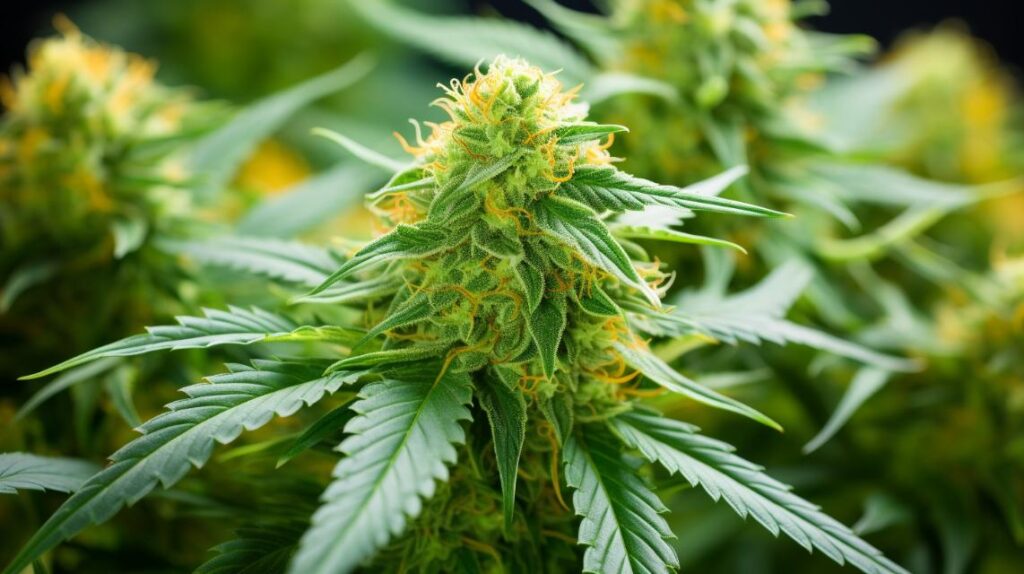

Responses